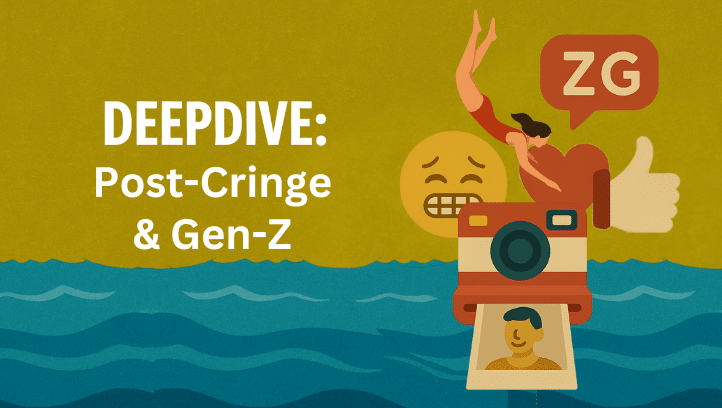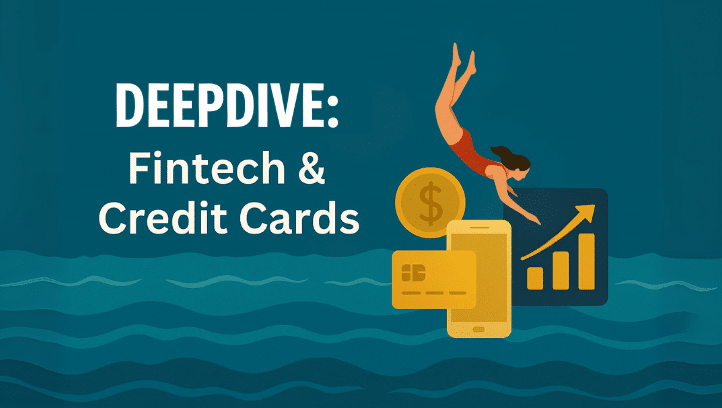This is a guest post by Jason Klein, Co-Founder & Co-CEO, ListenFirst
So far, 2020 has been one of the most challenging years we’ve seen in many of our lifetimes. Between the COVID-19 pandemic, economic downturn, and the social justice crisis, the world at large has been forced to take a step back to truly focus on what matters—professionally, personally, and societally.
Since March, we have seen brands hunker down on highlighting, celebrating, and supporting their communities, using these unprecedented times to foster and build brand equity by showing their human side. As consumer behaviors have shifted, so too has the need for brands to adjust their strategies to reach these audiences.
Additionally, now more than ever, brand marketers’ budgets are being scrutinized and picked apart to truly hone in on data-driven strategies that drive ROI and foster brand loyalty. With that all in mind, here are three key areas that are vital for brand marketers to shift their focus to as they adjust to this new, fragile world we live in.
Digital Transformation
Quarantine and stay-at-home orders have driven consumers to behave in ways the markets have never seen before. While “digital transformation” has been a buzzword and consumer-facing brands’ end goal for decades, the COVID-19 pandemic has accelerated the transition to e-commerce and other digital and social tactics for many brands in a matter of months, if not weeks.
The silver lining is that it has led to more efficient and better positioned companies. For brands, the goal of digital transformation, which had been put off or dragged out for years, has now become mission critical forcing brands to change their business forever. For example, traditional grocery stores like Kroger have turned some of their locations into ‘dark stores’, only allowing customers to place their order online and pick up curbside. With the absence of bars, alcoholic beverage brands have also had to shift over to a digital-first approach to keep and grow their audiences, employing tactics like by partnering with delivery brands like Drizzly or hosting virtual events ranging from wine and beer tastings to happy hours to concerts and more.
Consolidation of Tools
In an uncertain environment, it is critical for brand marketers to make their spend more efficient, and tech-stacks are often the first budget line items to be scrutinized. In Gartner’s Marketing Technology 2019 Survey, marketing leaders reported utilizing only 58% of their martech stack’s potential. At a time like this, that is not going to cut it, as brands are moving away from having several various point solutions and consolidating down to less tools that do more.
Beyond the obvious benefit of cost-savings, by consolidating down to more comprehensive analytics and insights tools, they are also fulfilling their need of consistent reporting, data sources, and nomenclature. As we’ve seen in the past, some of the greatest innovation comes from having resources constrained and cross-company teams rallying behind centralized reporting and insights.
Social Media Data Is More Valuable Than Ever
Social media analytics and insights has gone from nice-to-have to need-to-have in marketers’ arsenals. Social media is the most active channel of consumer engagement and feedback across all sectors, and marketers who have not tapped into this treasure trove of data are falling behind.
While many of the traditional ways that brands were getting insights have been disrupted (i.e. Nielsen ratings, ad sales, in-store sales, POS purchases, market research, etc.), social media has remained consistent. And, there are more people on social media than ever before—Kantar found that 61% of people are spending more time on social media during the pandemic. Pinterest, Snapchat, LinkedIn have all also reported significant usage increases during the pandemic. Furthermore, consumers are turning to social media en masse to make their shopping decisions—an Absolunet study found that 87% of e-commerce shoppers believe social media helps them make a shopping decision.
When enterprises truly embrace social data, the applications can be valuable well beyond just the marketing suite. Social media insights can be utilized to justify and power product development and innovation, supply chain insights, communications and community strategies, sales, and more.
Closing Thoughts – Data in Action
At a time when marketers need to demonstrate clear ROI from their efforts to retain budgets and keep their brand afloat, social media offers one of the only environment-proof data sources that brands can rely on. Here are some ways we’ve seen social analytics quantifiably improve performance:
- Saving creative budgets: a luxury fashion brand that typically created 6 tiles for their Instagram Stories, saw that audiences were consistently dropping off after the third tile, allowing them to adjust their strategy and save half of their creative budget for that initiative.
- Understanding audience intent: If an Instagram user saves a post, it signifies that they find the content engaging enough to return to—a far stronger indicator of purchase intent for a product than say impressions or likes. Michael Kors honed in on this metric and found that their most-saved posts had clear messaging showing a single product, providing them with a content template optimized to drive sales.
- Gauging viewer interest: As TV and film audiences exhausted their must-watch lists during quarantine, they went on the hunt for new series and movies to discover. By focusing on a metric like organic search (measured by Wikipedia Page Views), media brands can understand which of their content offerings (whether new or catalog) are spiking early consumer interest ahead of larger trends.



